
Published:
Readtime: 12 min
Every product is carefully selected by our editors and experts. If you buy from a link, we may earn a commission. Learn more. For more information on how we test products, click here.
In the early ’90s, Husqvarna took the first steps of a journey that would see the company completely reinvent how we approach lawn care and the way we perceive the humble lawn mower. Over the course of more than 30 years, the company has consistently challenged what’s possible, triggering a staggering revolution in robotics in the process.
You’re likely familiar with Husqvarna as the Swedish brand behind high-end yard equipment like chainsaws, hedge trimmers, leaf blowers, and lawn mowers. What you probably don’t know is that this is a brand with over three centuries of storied history, manufacturing everything from sewing machines to motorcycles, and producing one exceptional innovation after another. It’s challenging to think of a more fitting descriptor than “visionary”.
A striking example of this can be found in the story of just one of Husqvarna’s categories: the Automower robotic lawn mower. The idea that this once modest metal-working company, established in 1689, would go on to become the world’s foremost authority in autonomous lawn care is enough to make your head spin. It’s a trajectory only made possible by a team with true vision and the courage to fail and try again. As Albert Einstein famously said, “A person who never made a mistake never tried anything new.”
So how did Husqvarna become the powerhouse that’s redefining how we care for outdoor spaces, while simultaneously giving us back more of our leisure time? Here, we’ll take a look at a series of extraordinary engineering feats that not only reinvented the brand but also transformed our ability to sculpt and enhance the natural beauty waiting just outside our windows, interspersed with snapshots of Husqvarna’s current incredible range. Let’s get into it.
Big Things Have Small Beginnings
In 1991, Husqvarna was known primarily for its chainsaws and a range of lawn mowers, including an innovative ride-on mower known as the Rider. However, a deep recession in Sweden at the time led to widespread financial insecurity. Interest rates hit 500 per cent, and Husqvarna’s newly appointed CEO, Bengt Andersson, was forced to take the difficult measure of laying off 20 per cent of staff.
Times were tough, but circumstances of this sort can force people to think outside the box, creating opportunities. This was certainly the case for the Belgian technician André Colens. After receiving middling interest from Husqvarna’s competitors, the inventor reached out to Bengt with an idea so ambitious it might just turn the company’s fortunes around: the Solar Mower.
According to Bengt, this outlandish take on the lawn mower was so unlike anything he’d seen before that it just might make a significant splash for the brand that brought it to market: “I was actually really impressed by the inventiveness. It was drastically different from anything else we had seen within lawn mowing.”
However, the cost of the product exceeded what Bengt could approve without going to Husqvarna’s parent company, Electrolux. To circumvent this, he confesses to breaking the rules and contacting his counterpart in the US, who agreed to share the cost and split the rights across their two markets.
“That put us under the allowance limit,” Bengt reveals with a slightly conspiratorial tone. “And we could proceed on the sly.”
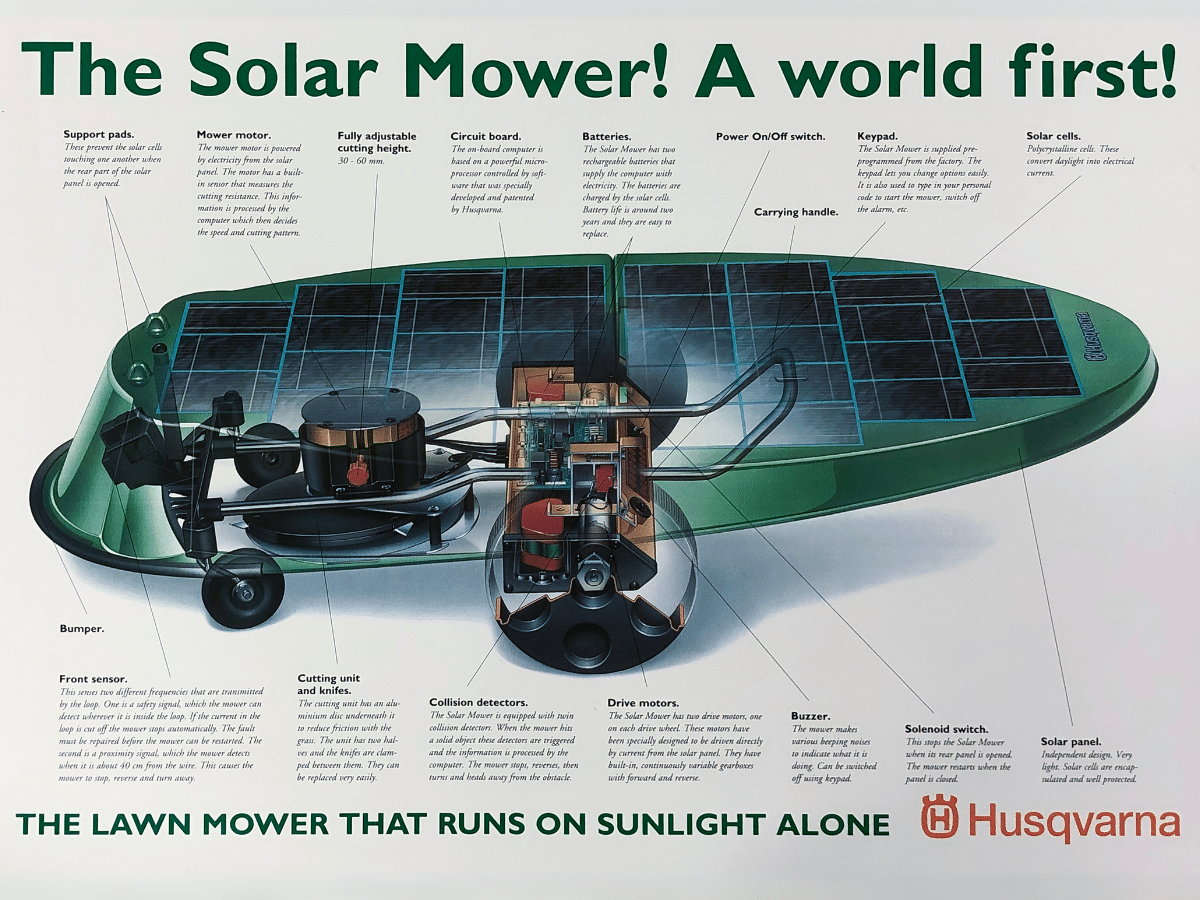
A Blueprint for the Future
With the blueprint in hand, the CEO now faced the challenge of turning it into a product he could take to market. He called on the expertise of Roger Andersson, the development lead of the aforementioned Rider, to achieve this.
Roger was struck by the fact that André had created a product that could cut grass with just 40 watts of power, when common wisdom dictated that three or four horsepower was needed: “André had turned the entire concept on its head.”
By 1992, the project group was forming, but coding expertise was needed to program the Solar Mower during production. Enter software engineer Ulf Petersson.
Fortunately, Ulf and the rest of the team saw potential, and by 1994, the Solar Mower was deemed ready for media exposure. Despite not yet having a marketable product, the team sent demonstrator units to Husqvarna’s retailers in the hope of generating interest. The gamble paid off, generating enormous publicity.
“I was quite impressed by the fact that it uses so little power, was so autonomous, and worked as well as it did,” he reveals. “But I actually took a model home with me, and my dad was there at the time. He looked at it and said, ‘Are you really going to work on this? This plastic toy won’t ever amount to anything.’”
As 1995 arrived, the small team continued to work in a spirit akin to a modern startup. Finally, they made enough progress for a limited public release. A few select retailers who’d shown early interest were selected to carry the world’s first solar operated robotic mower for its market debut.
What followed surprised the team. Despite the Solar Mower and its boundary wire accessory presenting numerous issues, the customer reaction was overwhelmingly positive, with customers developing a unique affection for their new mowing assistants.
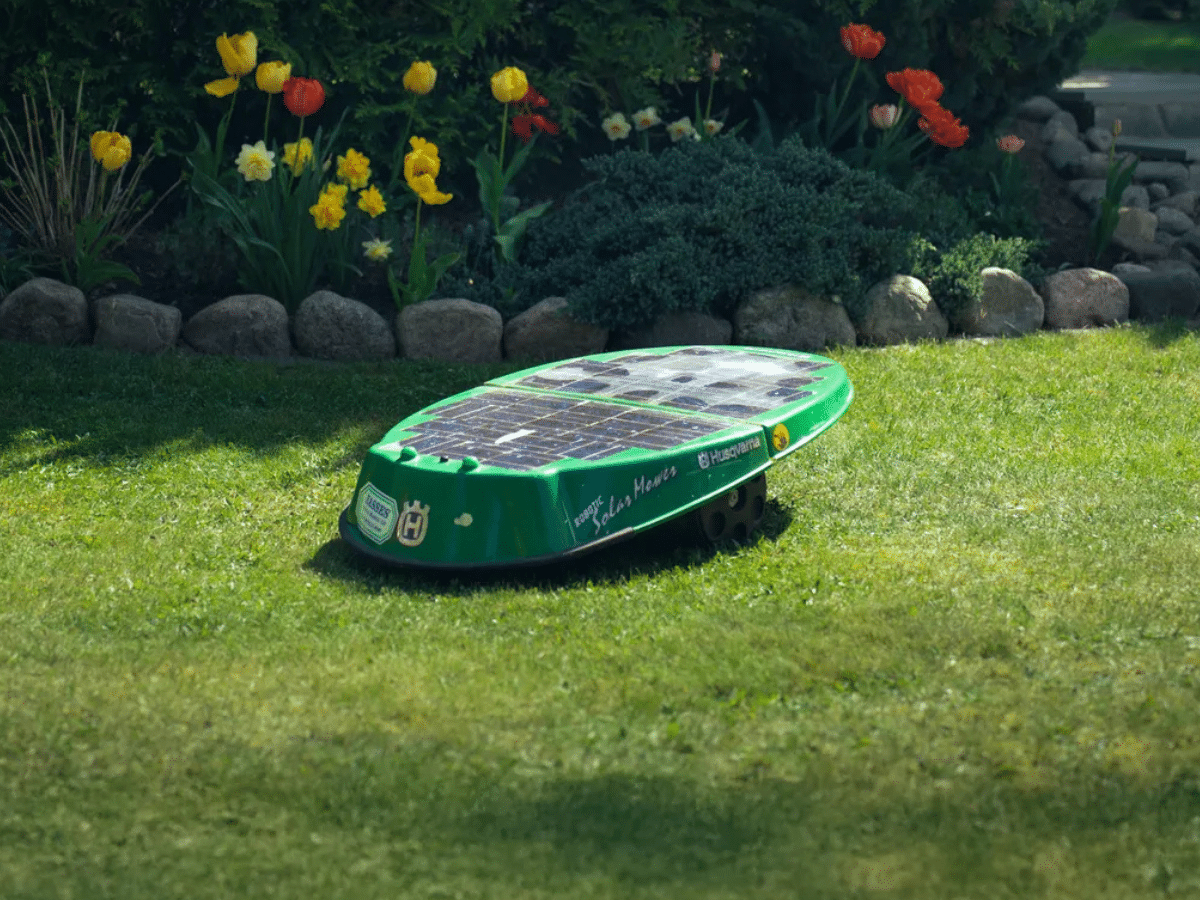
Origin of the Automower
The retailers may have been largely sceptical, and every unit of the Solar Mower may have needed servicing, but the team felt vindicated. The overwhelmingly positive customer response inspired them to further develop the product.
The next step was to integrate a system that enabled the mower to take itself “home” and recharge via the first charging station for an automatic mower. This initiative would enable the mower to continue operating throughout the European winter months, when sunlight is scarce.
It proved an enormous undertaking for Ulf’s programming. Still, the testing unit ultimately worked perfectly during its demonstration, leaving Bengt to send the team a message saying that it was ready and he looked forward to showing it off the following year.
“We were really excited when we developed the Automower, as we called it,” Ulf says. “It was going to bring us into the future.”
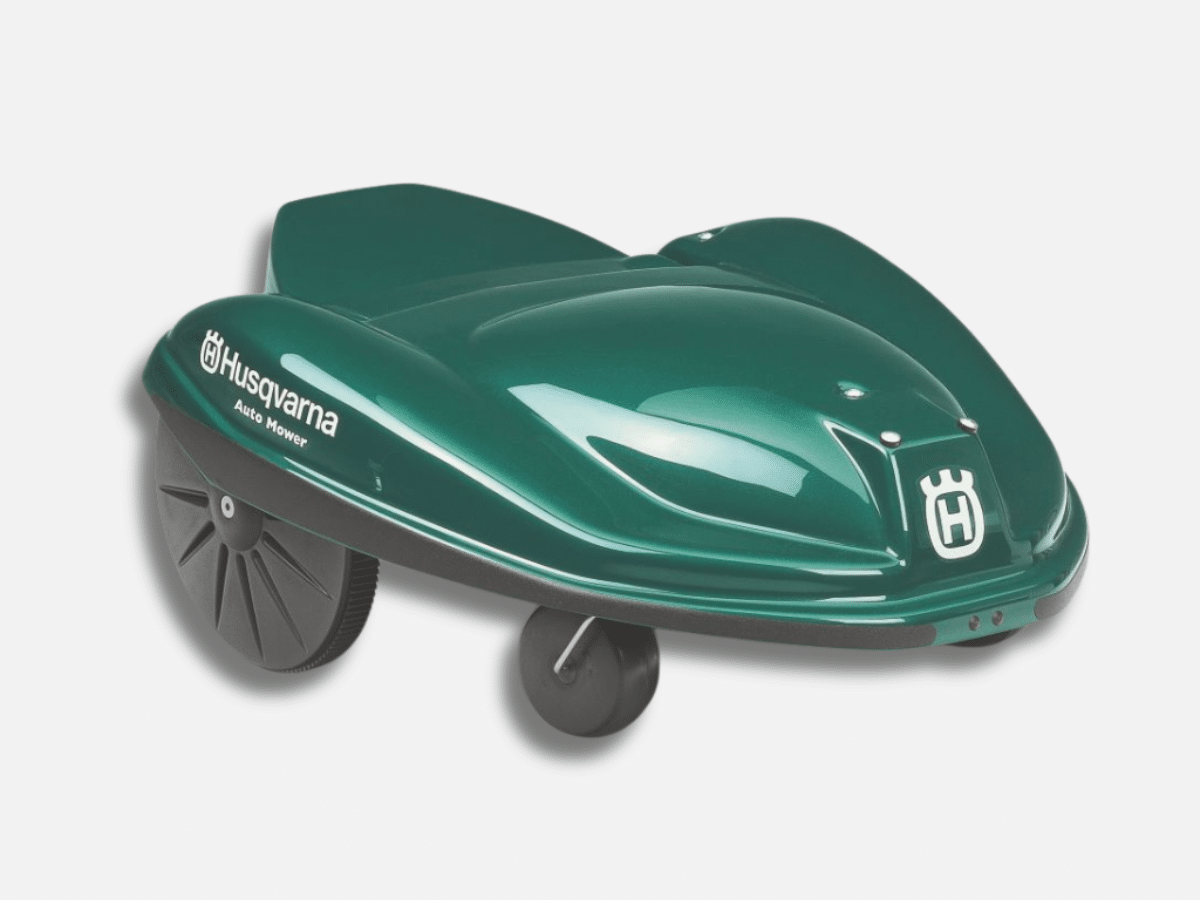
The Automower Lands
In 1998, Husqvarna launched its next robotic mower model, the Auto Mower, but it presented a challenge as retailers required computer access and considerable expertise to support these new, cutting-edge mowers.
Retailers were accustomed to the oil cans and wrenches required to maintain the mowers of old, so this was something else entirely. Plus, Ulf feared rushing to market might come back to bite them: “I felt that it was too soon. We should have had one more year.”
Ulf’s instincts proved correct. After 1,500 Automower models had been produced and many of their number sold, the unthinkable happened: it became apparent that all had faulty circuit boards. Production halted, the circuit boards were rebuilt, and with considerable effort and tracking of sales, they were replaced in all the machines.
Despite this, customer enthusiasm continued unabated. Never before had they enjoyed such a consistently neat lawn without devoting their own labour to the task. Such was the team’s dedication to maintaining this customer satisfaction that the new product manager of robotics, Olle Markusson, would often receive faxes that included a sketch of a yard and a problem that needed to be addressed. By solving these issues, the team was able to create a better product and maintain customer enthusiasm.
“The result was the customers were very pleased,” Olle fondly remembers. “They had paid a lot for their products, and they loved them. That has been a driving force, and it still is. The joy that the products give people.”
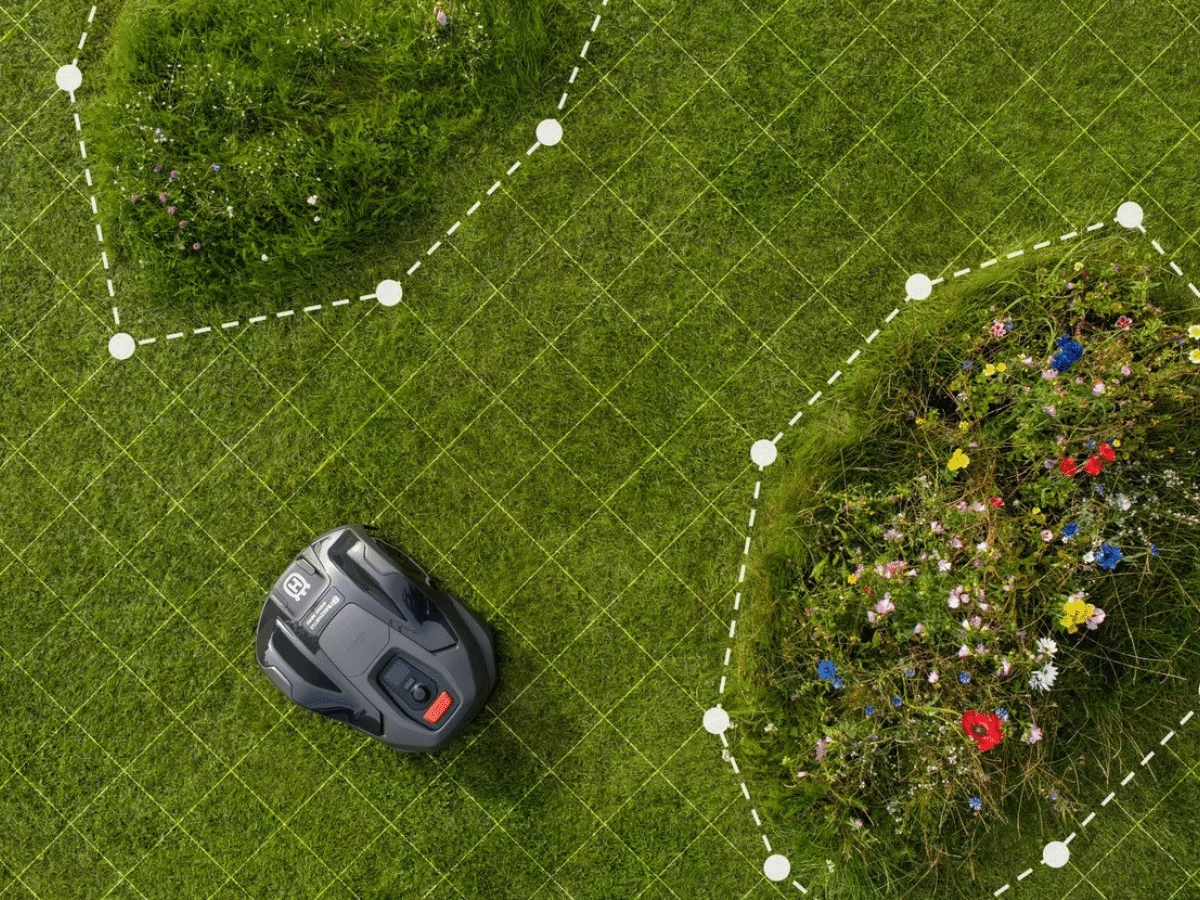
The Next Generation
The arrival of the year 2000 brought with it inspiration for a second-generation Automower. The team went back to the drawing board, writing an extensive report about a potential new platform that would make fundamental changes to the construction.
Bengt describes the decision to pursue a second generation as one driven by the heart more than the head: “You have to make certain decisions that aren’t just based on facts and things like that. We felt that we still had the best product in the world, and we had to follow it through to its completion.”
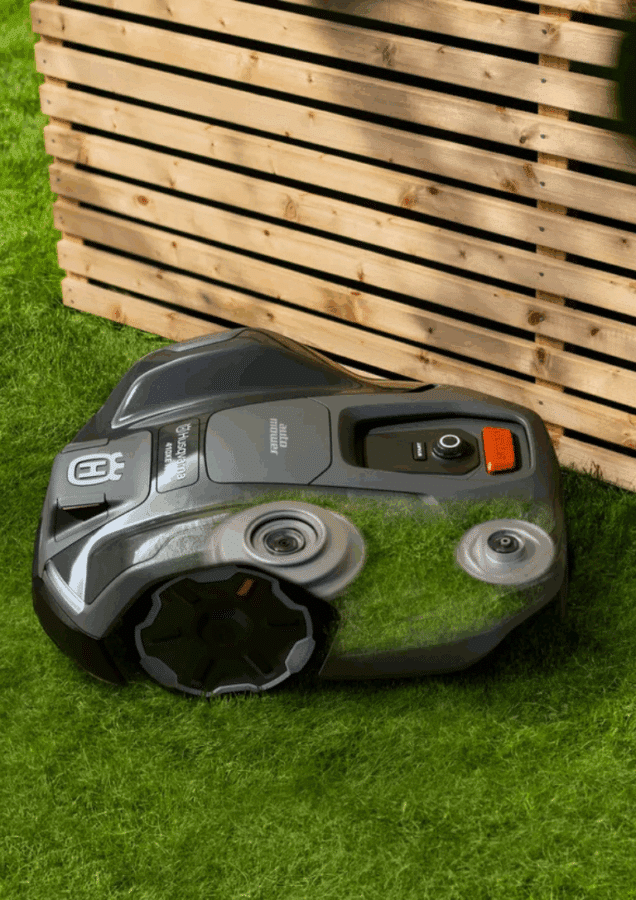
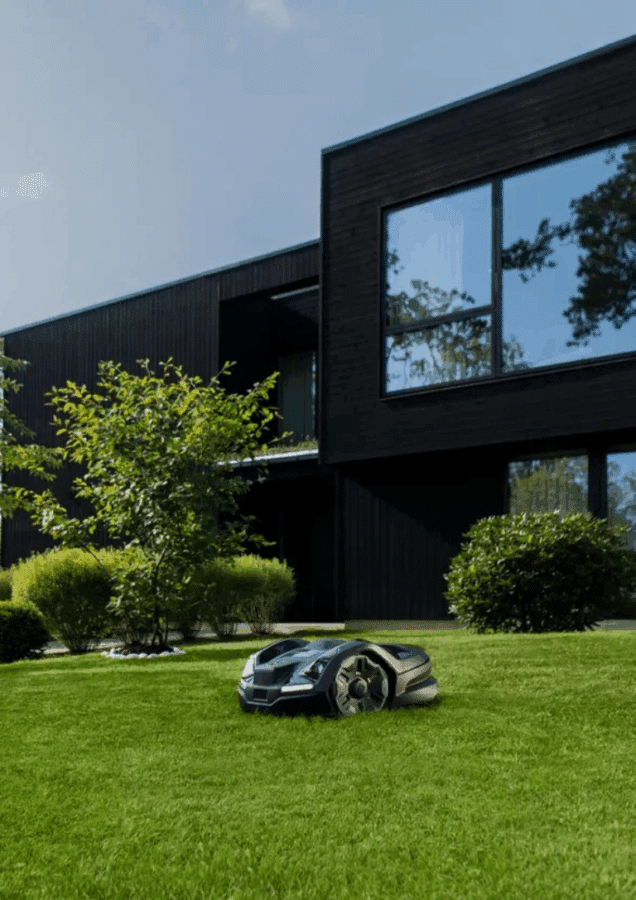
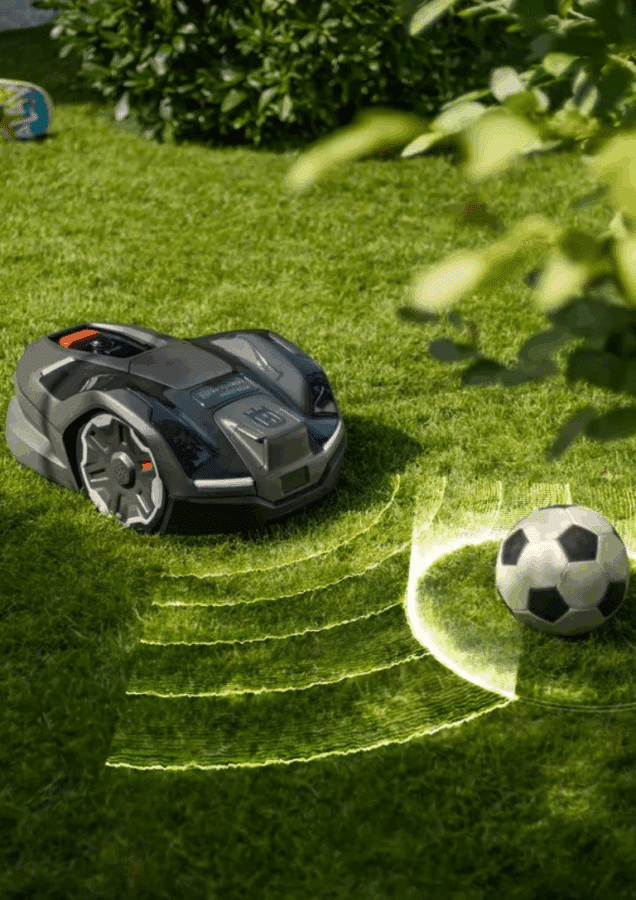
The G2 introduced a range of significant upgrades, including a solid chassis, an emergency stop system (to prevent it from driving into people’s feet and other obstructions), and lift sensors for the front wheels. However, upon launching in 2003, the G2 failed to convert innovation into sales.
The product team continued to chip away at the design, refining elements and improving the charging cable and waterproofing. Additionally, several software upgrades helped bolster the technology behind the appliance, elevating the original concept at each and every step.
As the project evolved over the following years, it transitioned between Husqvarna and its parent company, Electrolux, before returning once Husqvarna was listed on the stock exchange in 2006. This period of transformation ultimately laid the groundwork for an exciting new era of Automower models.
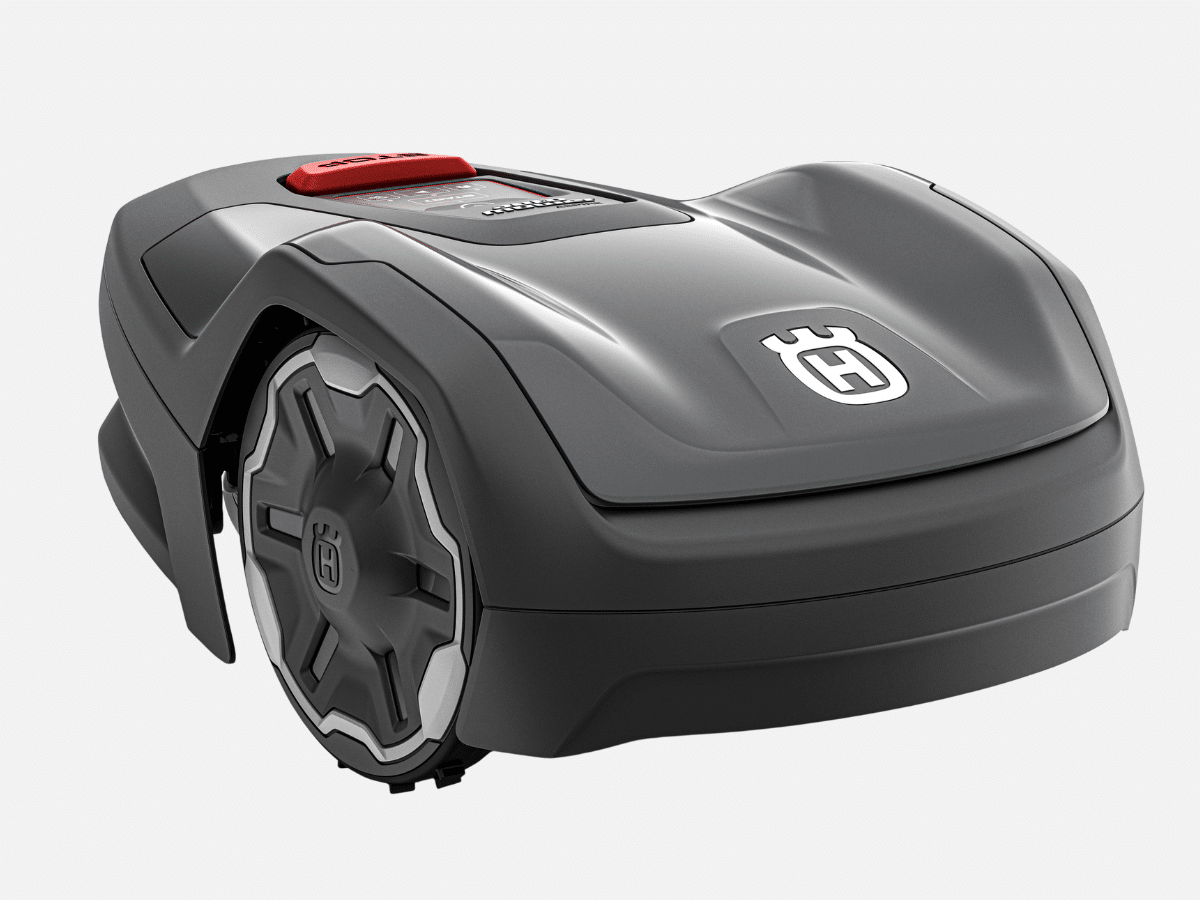
Husqvarna Automower Aspire R4
- Compact and ideal for small urban gardens up to 400m2
- Traditional boundary wire installation
- Smart Home integration
- DIY installation kit included
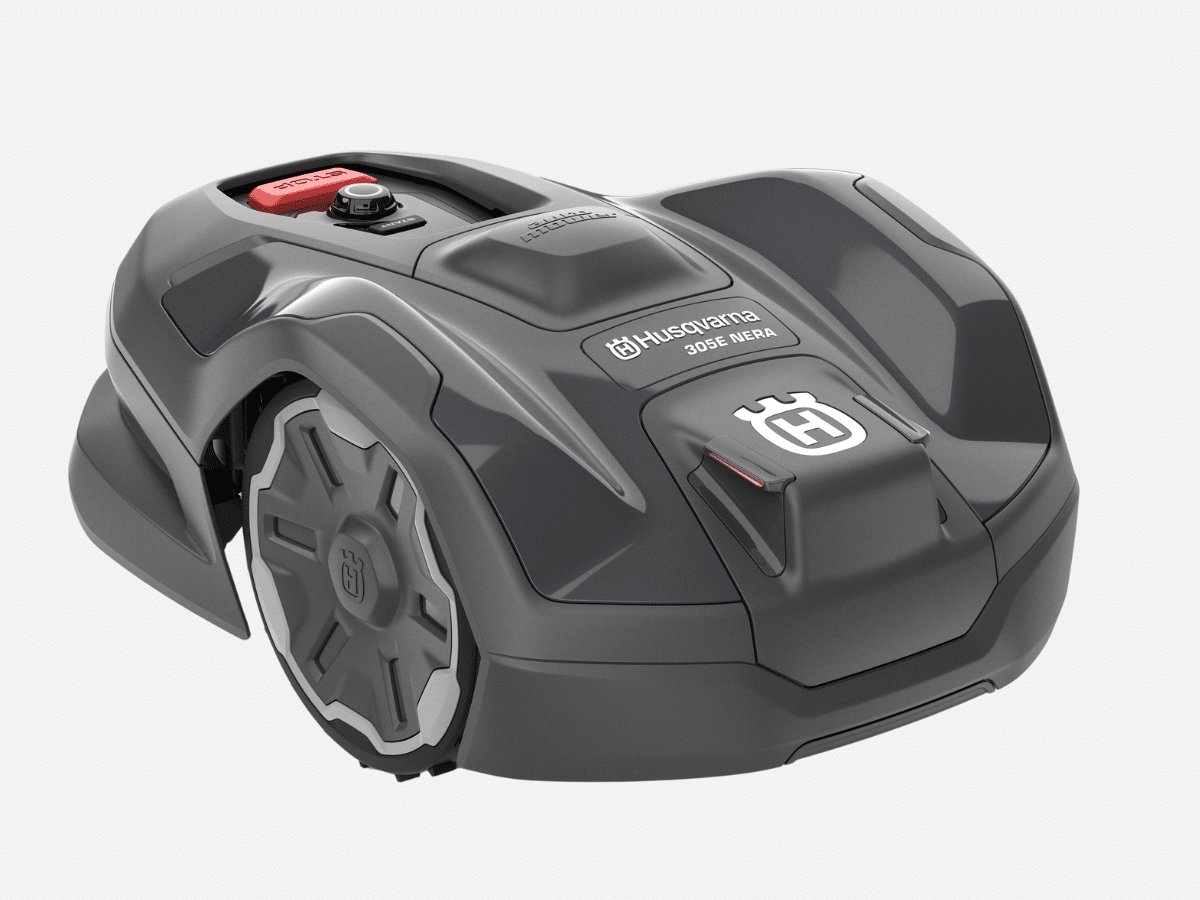
Husqvarna Automower 305E NERA
- Designed for lawns up to 900m²
- Wire-free installation available with EPOS module and reference station
- Edge-Cut technology for minimised edge trimming
- Systematic mowing patterns are available
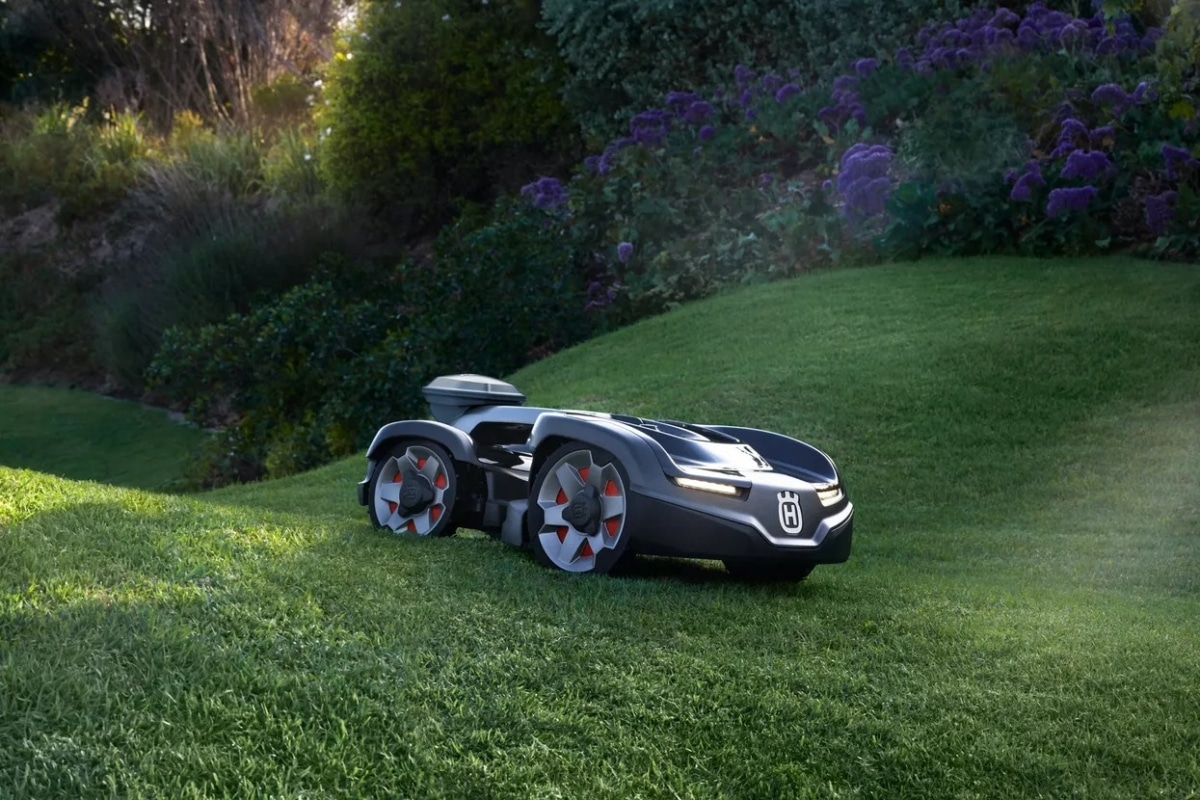
A Decade of Design
As Husqvarna entered its next phase, there was a sense that the Automower could be key to the company’s future success. Realising the important role design would play in this journey, Bengt invited Electrolux’s design expert Towe Ressman to start a department within what was essentially a reinvented Husqvarna company.
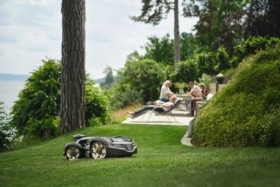
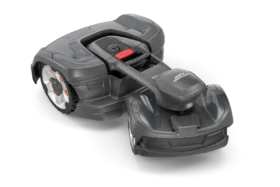
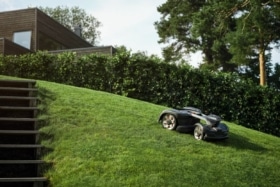
While the majority of Husqvarna’s other products were designed with function and ergonomics to maximise comfort and usability for the customer, due to the autonomous nature of the Automower, it was agreed that other considerations should take priority.
This approach, paired with a desire to expand the category by offering multiple models to fit different needs, established an environment in which the Automower range of today—featuring a broad selection from entry-level to uber-premium models—could become a reality.
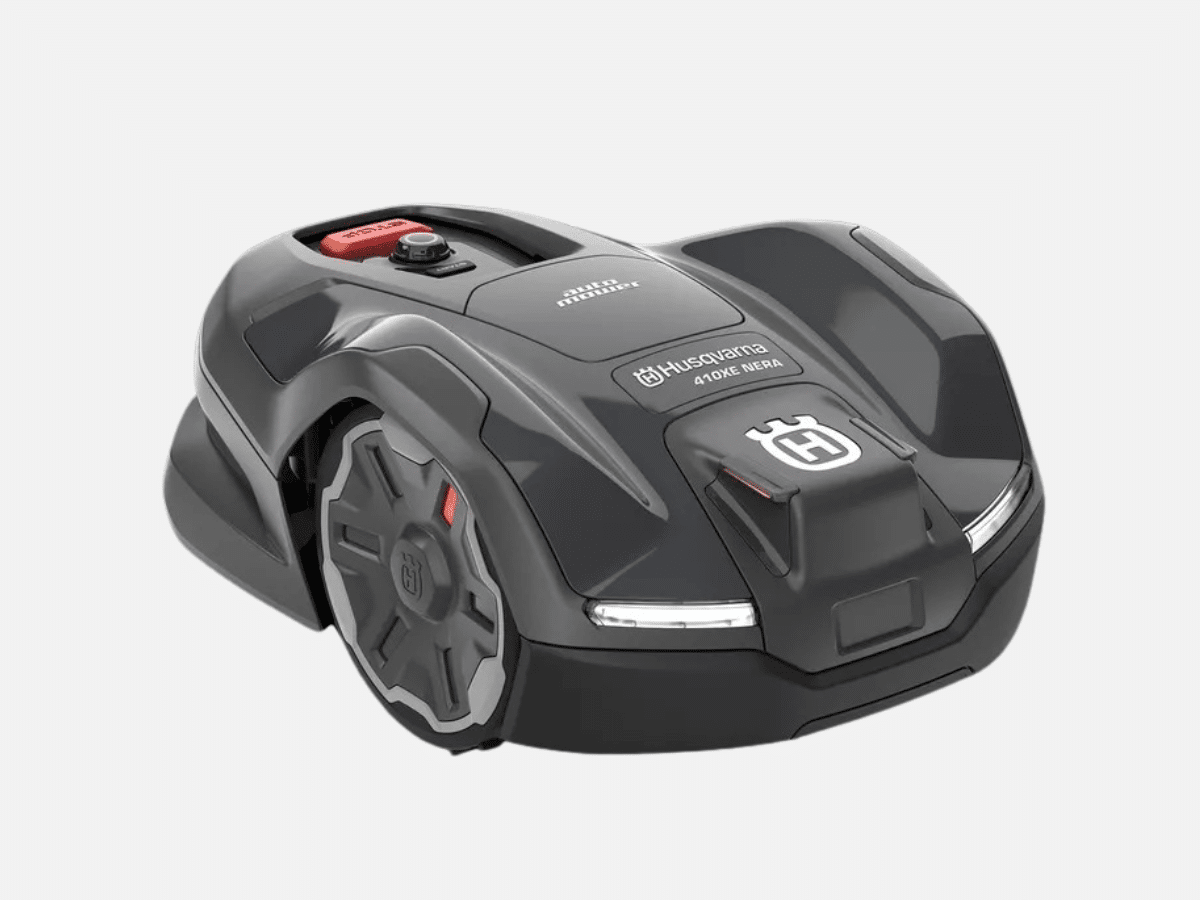
Husqvarna Automower 410XE NERA
- Handles complex lawns up to 1500m²
- Wire-free installation available with EPOS module and reference station
- Edge-Cut technology for minimised edge trimming
- Systematic mowing patterns are available
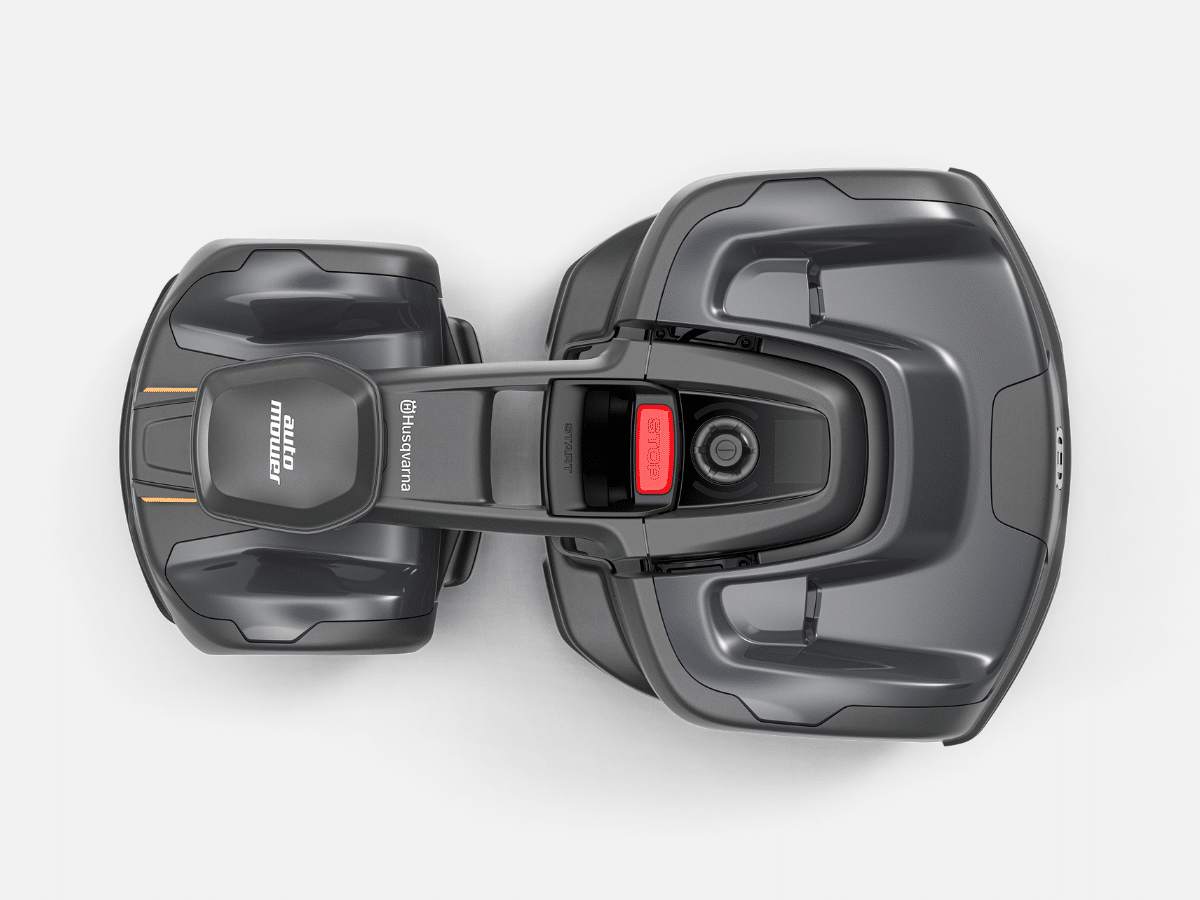
Husqvarna Automower 435X AWD NERA EPOS
- All-wheel drive for steep slopes up to 70 per cent (35°)
- Covers large lawns up to 5000m2
- EPOS-enabled for virtual, wire-free boundary installation
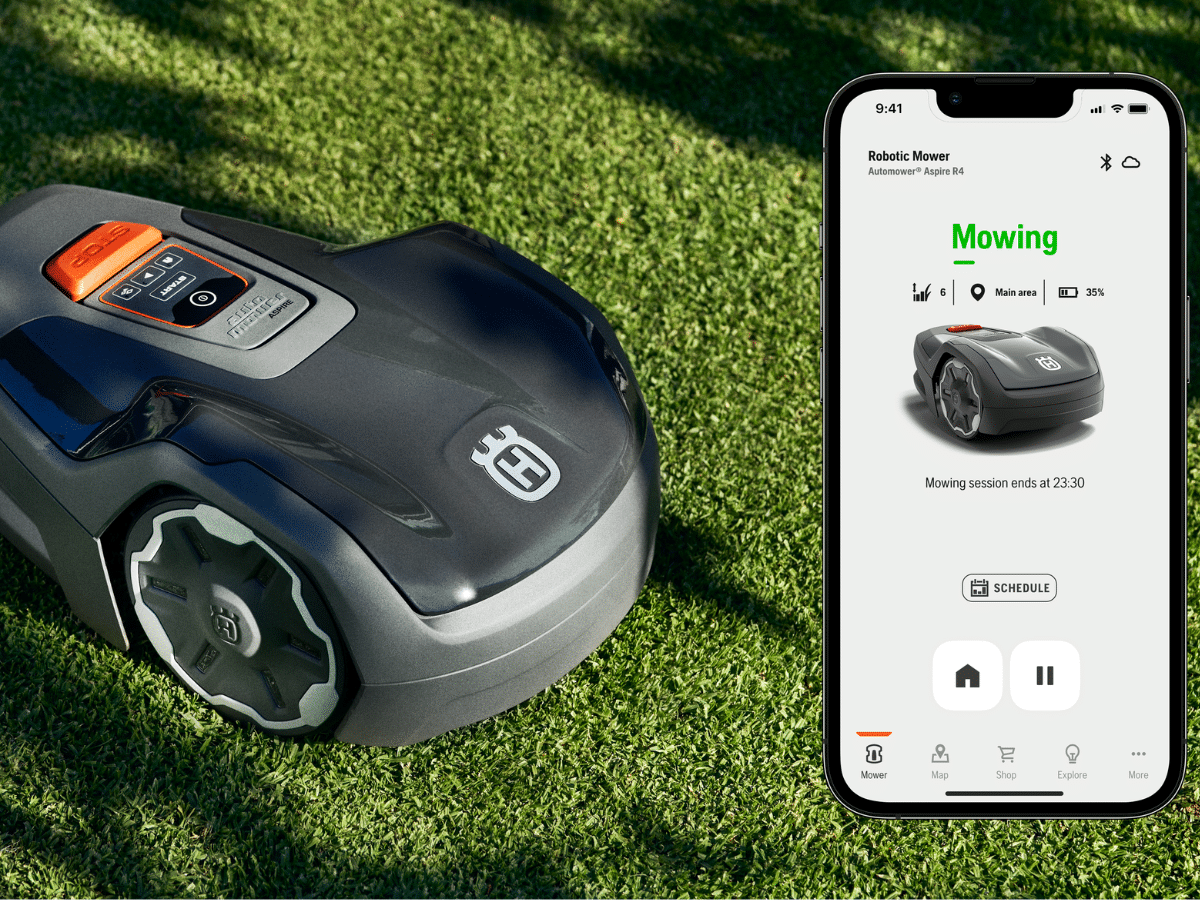
Mowing’s iPhone Moment
Fast forward to 2023, and Husqvarna’s next great leap took centre stage. Much like the iPhone’s effect on telecommunications when it launched in 2007, from this moment, the mowing industry would never be the same.
Launching the premium new NERA lineup, the Husqvarna team integrated EPOS (Exact Positioning Operating System) wireless technology into the range, which proved to be a game-changer. Not only did this satellite-based technology enable the mower to work within virtual boundaries, but the absence of a physical boundary wire also made maintenance easier.
As such, we now have a range of autonomous mowers that go beyond simple garden tools. Rather, the NERA lineup remains the complete realisation of the original Automower team’s dream: a product that empowers customers to enjoy more leisure time, while offering a perfect blend of technical sophistication and sustainability without sacrificing accessibility. It’s a triumph in every way.
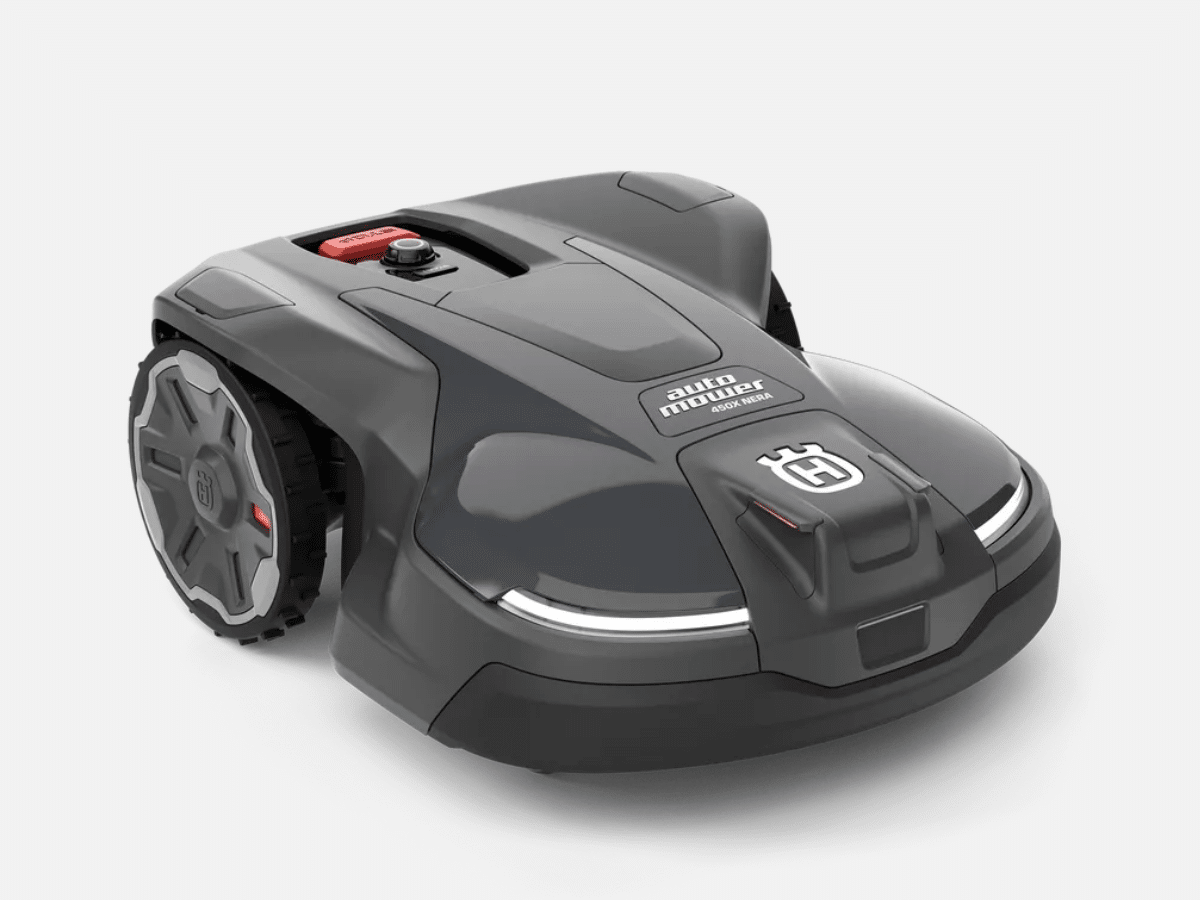
Husqvarna Automower 450X NERA
- Covers lawns up to 7,500m²
- Wire-free installation available
- Systematic mowing patterns, object avoidance and GPS-assisted navigation
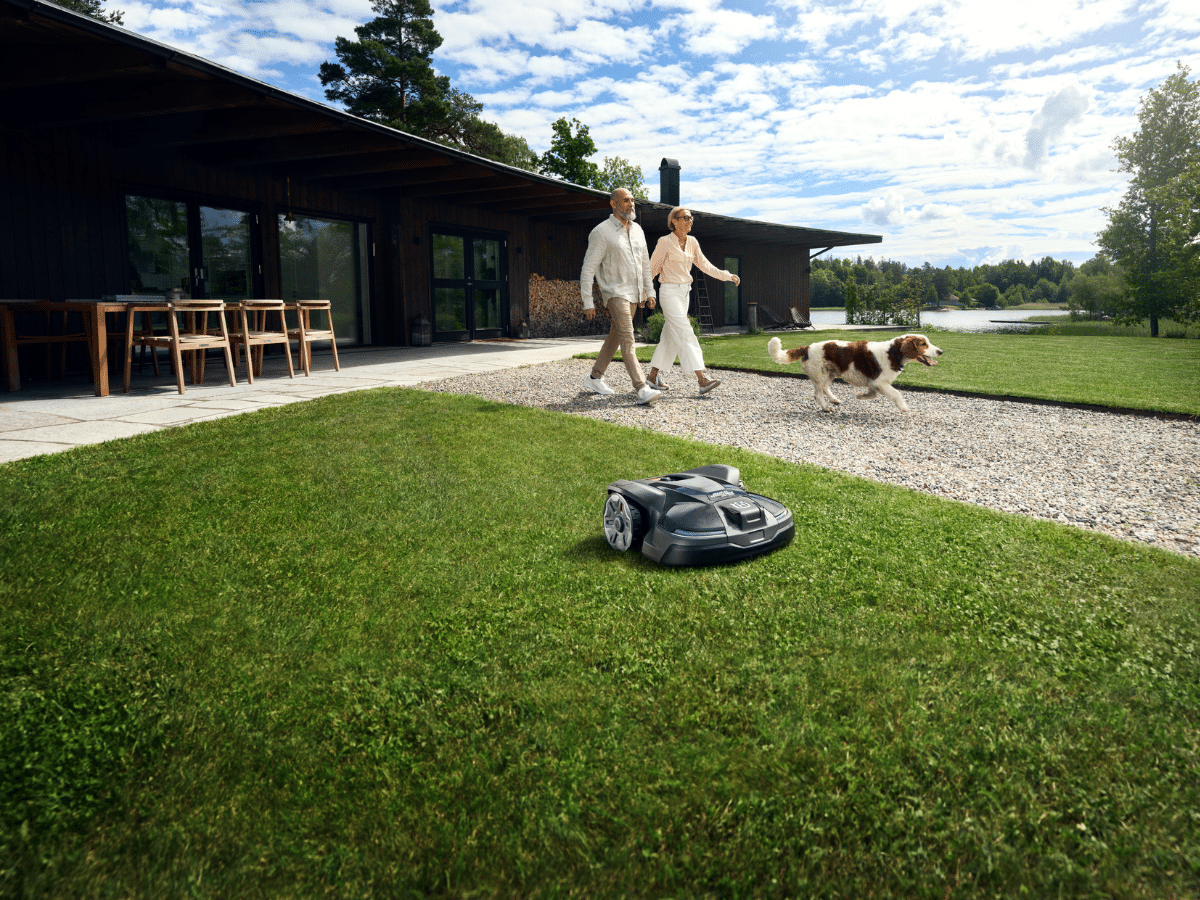
Husqvarna’s Horizon
So what’s next for the brand that took a chance on a quirky invention all the way back in the early ‘90s and turned it into an autonomous mowing revolution? It’s full steam ahead, with Husqvarna recently hosting a glamorous 30 years of Innovation celebration at Sydney’s prestigious Centennial Homestead.
There, new wire-free models were launched in both the commercial and residential ranges, demonstrating that when it comes to autonomous mowing solutions, the Husqvarna team is just getting started.
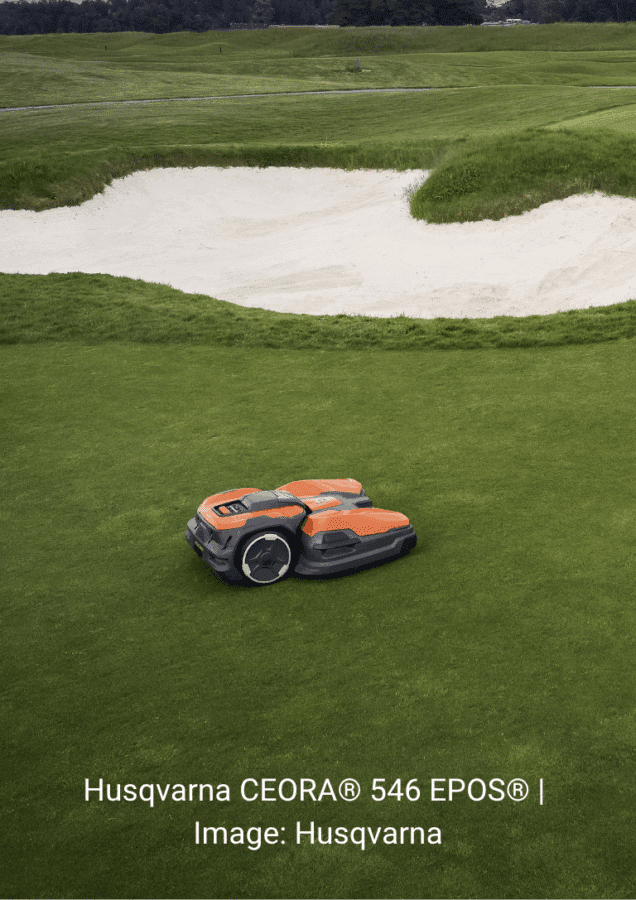
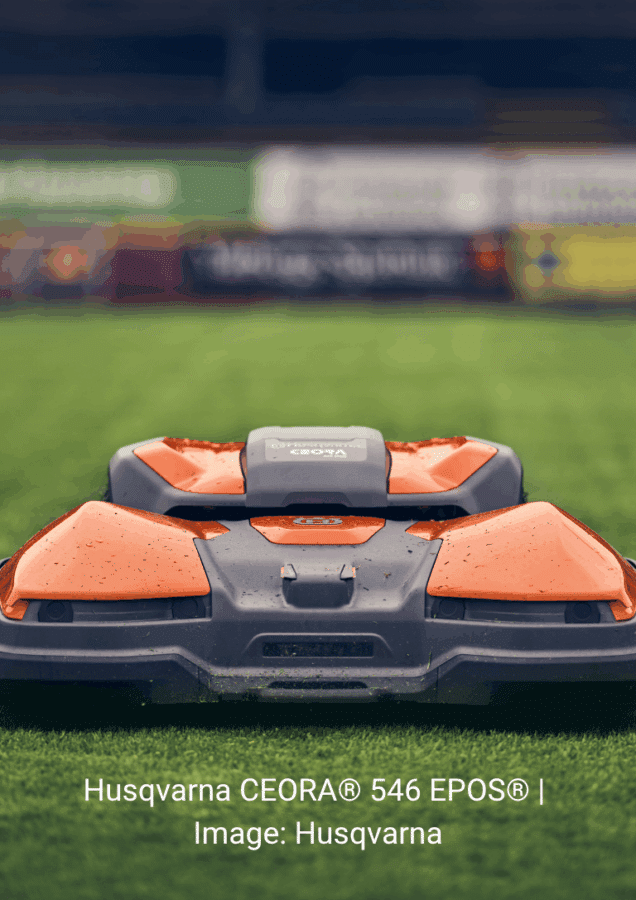
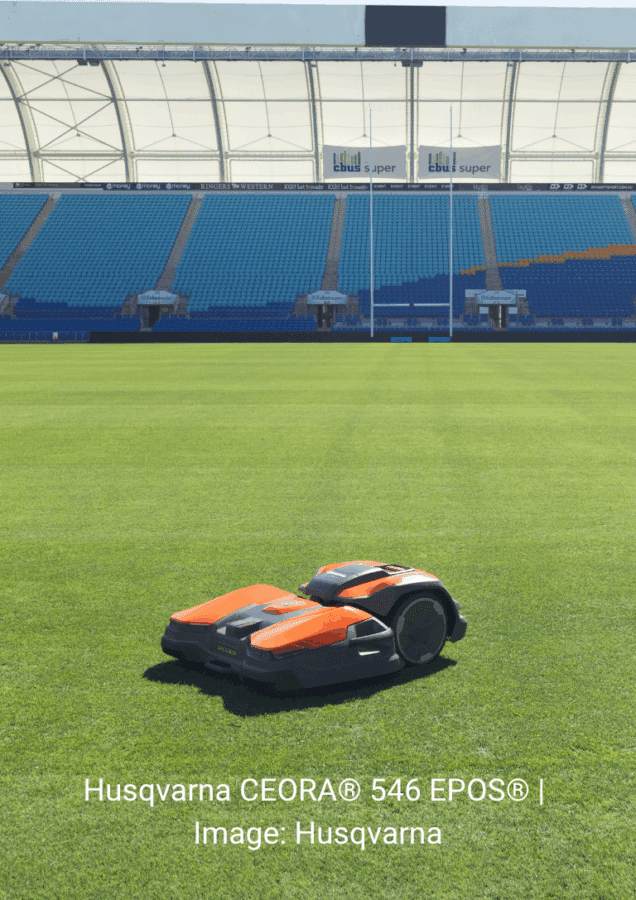
According to Husqvarna’s global head of brand strategy, Ingrid Ekström, the success of the Automower has exceeded even the loftiest of expectations, which continue to rise: “3.5 million Husqvarna robotic mowers are now installed around the world, and 1,000 golf courses around Europe are now utilising Husqvarna commercial robotic mowers to maintain their turf.”
Furthermore, a global partnership with Liverpool Football Club now sees Husqvarna robotic mowers cutting the AXA training grounds. And more locally, the Cbus Super Stadium has been using the technology to maintain its grounds since last year.
With an ever-growing list of satisfied customers, thanks to Husqvarna’s dedication to innovation and service, there’s never been a better way to improve your lawn while reclaiming your leisure time. And rest assured, decades of Husqvarna innovations await discovery just over the horizon.




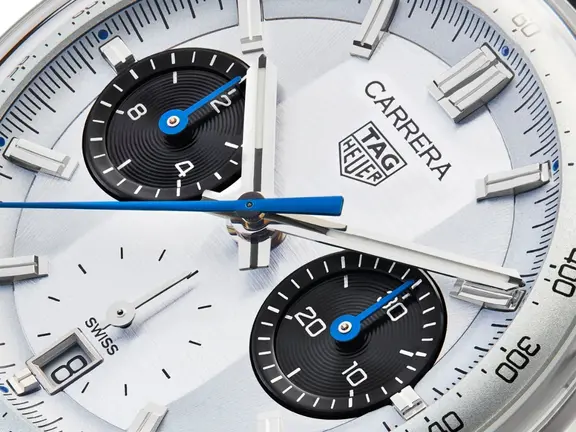
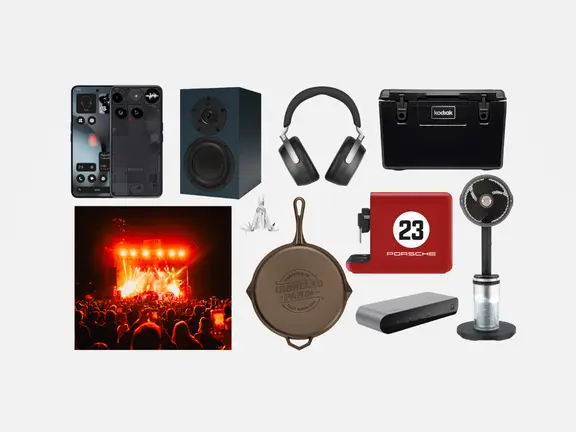

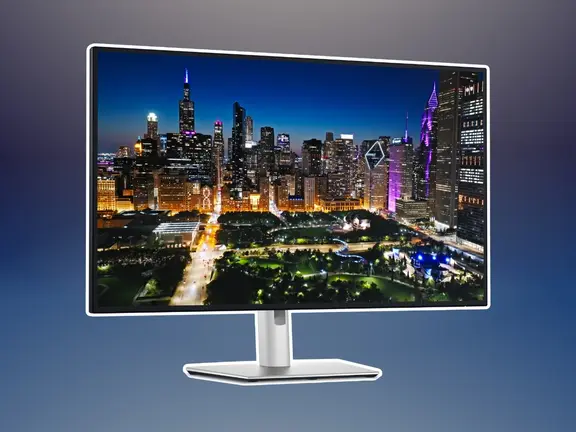

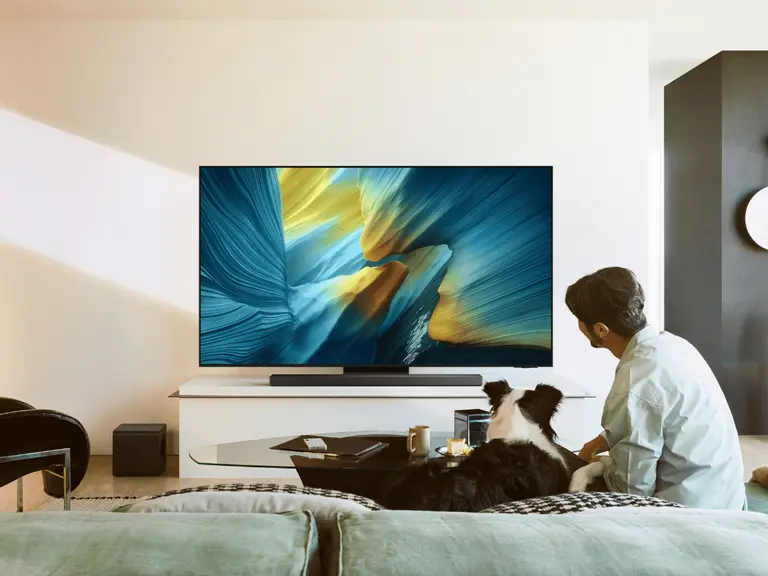



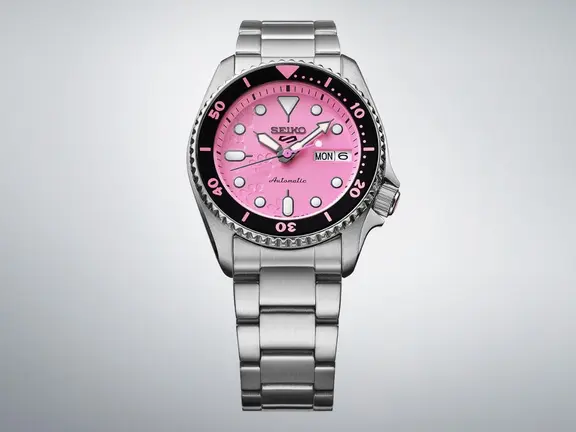

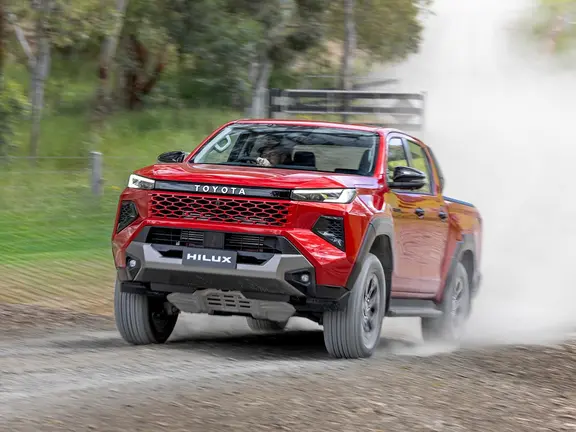
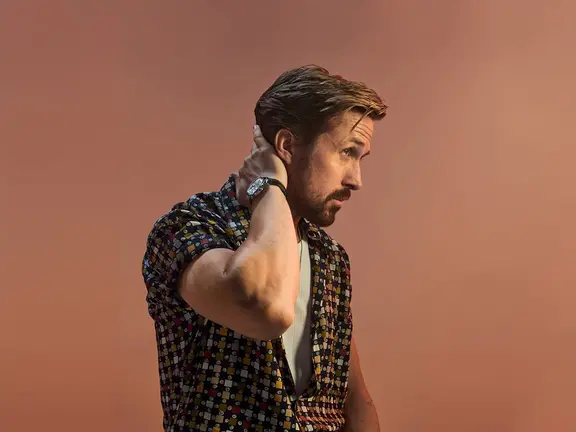


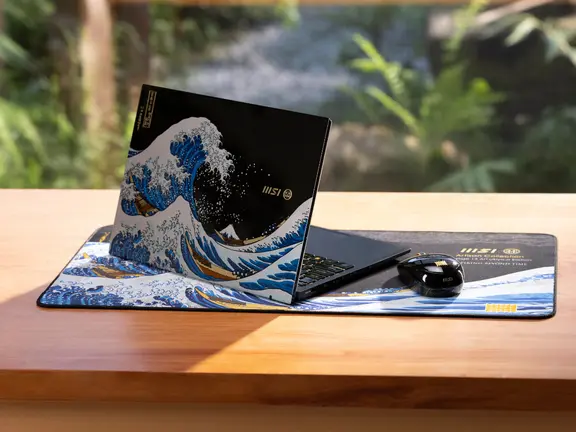


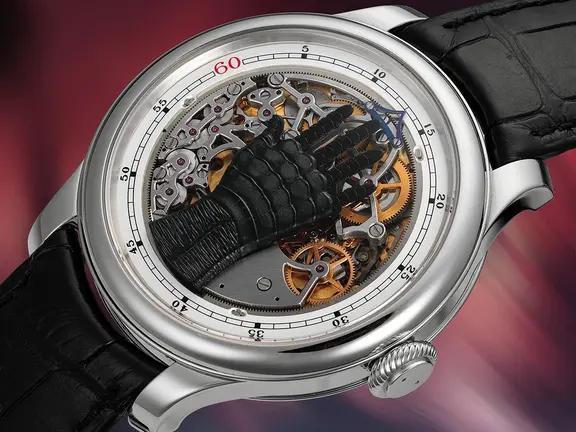


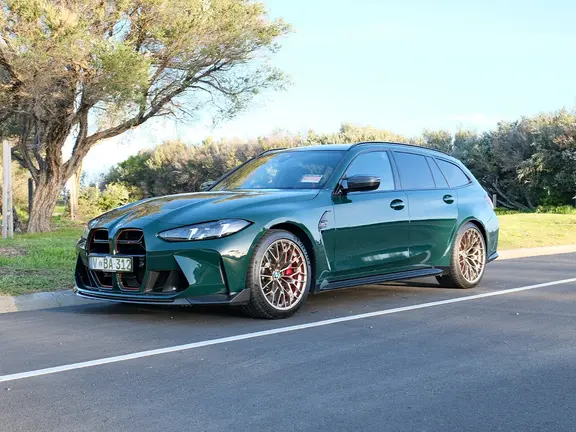

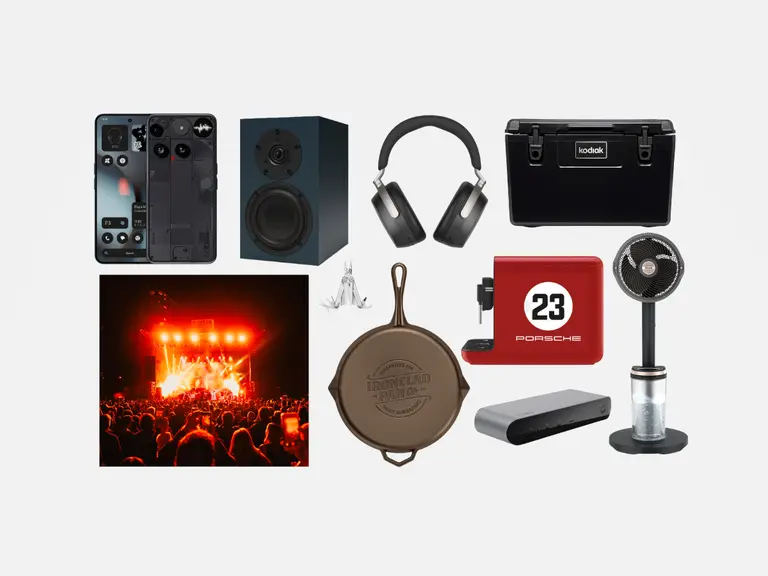


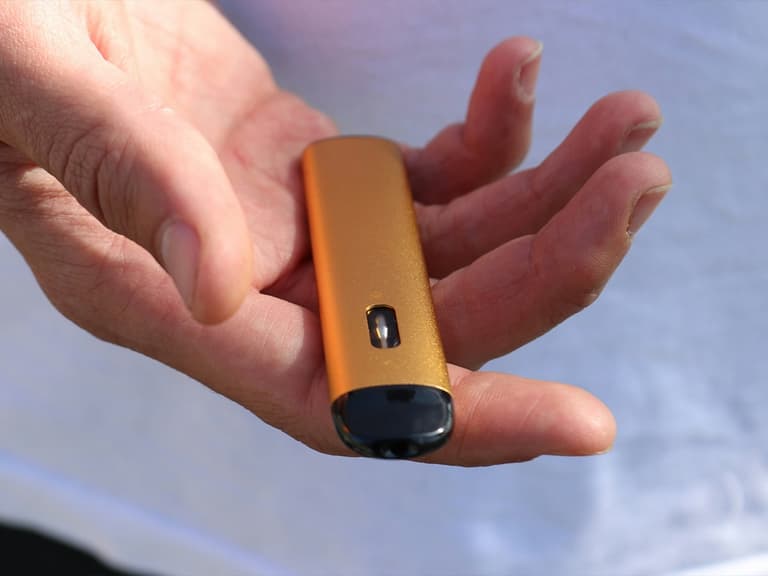
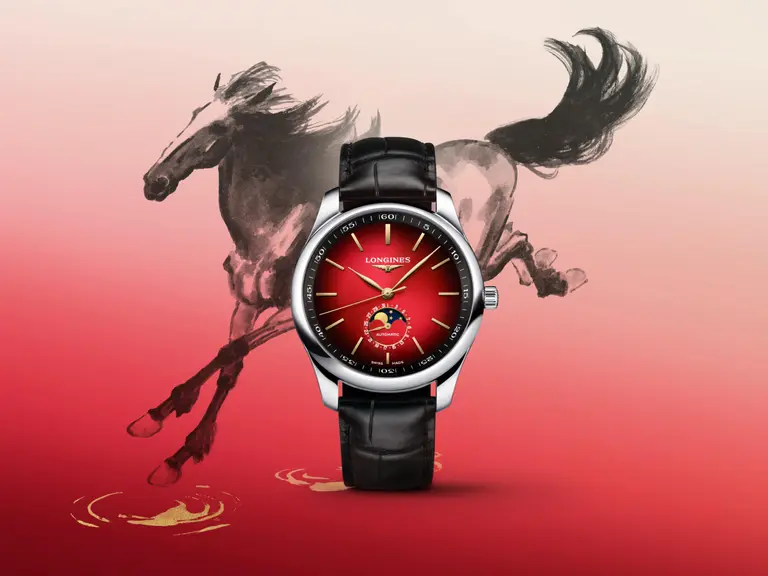
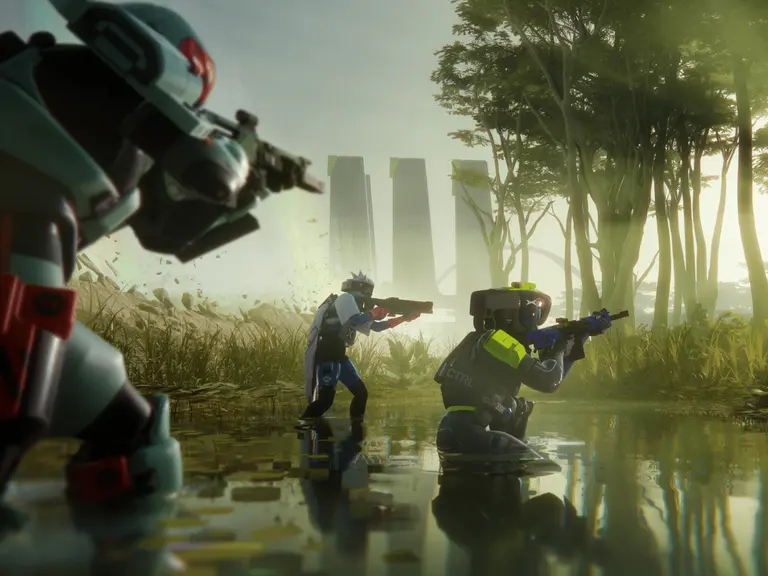
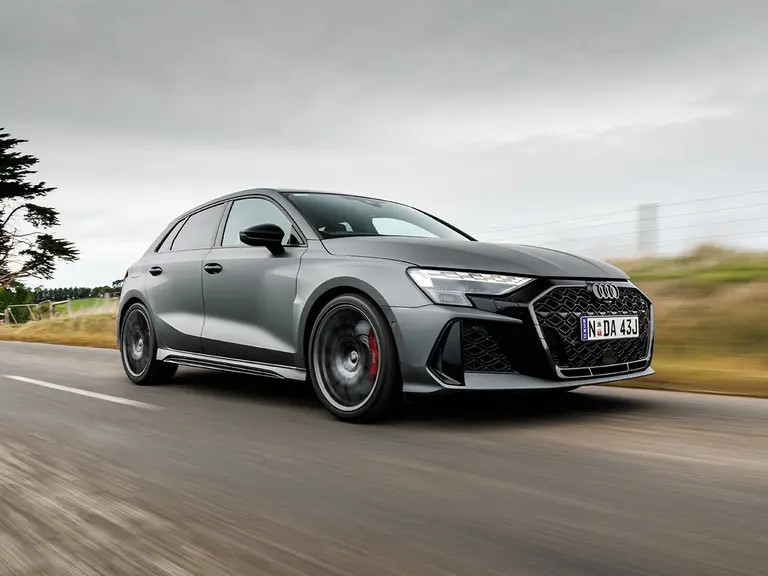
Comments
We love hearing from you. or to leave a comment.